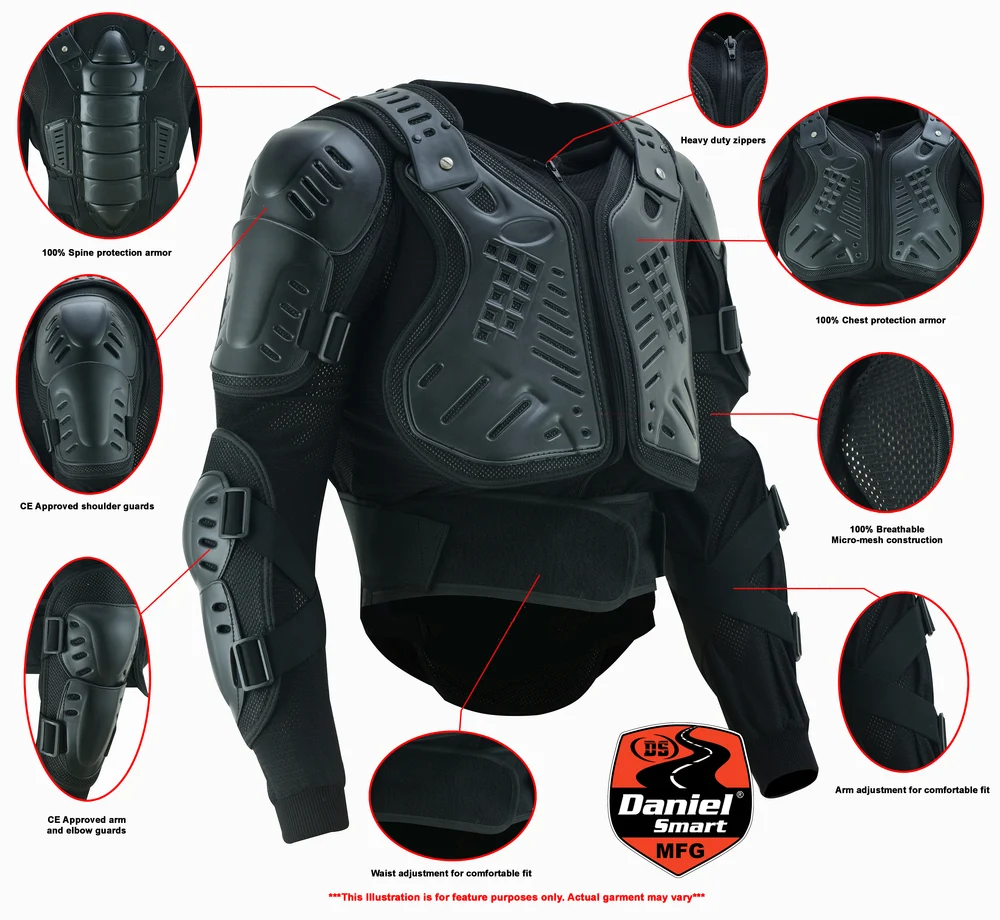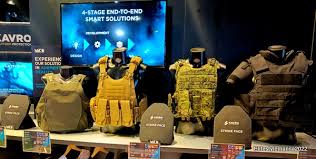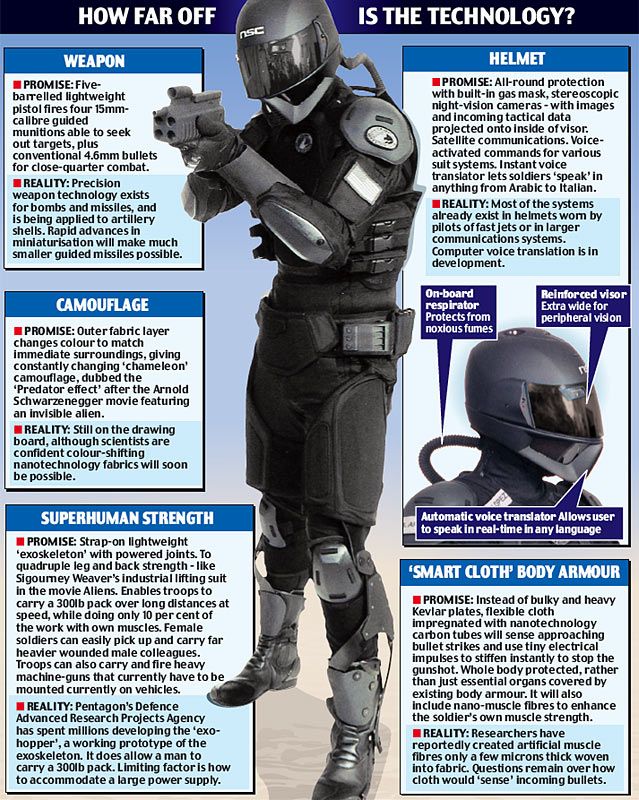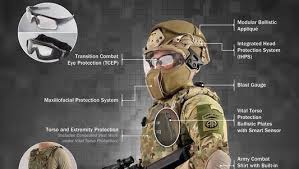

Introduction
Smart Body Armor is an advanced form of personal protective equipment designed to enhance the safety and performance of military personnel, law enforcement officers, and security professionals. Unlike traditional body armor, which primarily relies on Kevlar, ceramic, or steel plates, smart body armor integrates cutting-edge technology such as sensors, real-time data monitoring, and adaptive materials to provide superior protection and situational awareness.
Design and Materials

Smart body armor is typically made from lightweight, high-strength materials such as carbon nanotubes, graphene composites, and liquid armor (shear-thickening fluid – STF). These materials offer improved flexibility, durability, and impact resistance while maintaining the necessary protection against bullets and sharp objects. The armor is also designed to be ergonomic, ensuring better mobility and comfort for the wearer.
Technological Innovations
One of the defining aspects of smart body armor is its integration of technology to enhance battlefield efficiency. Some key innovations include:

- Real-Time Health Monitoring: Built-in biometric sensors track heart rate, body temperature, hydration levels, and potential injuries, sending real-time data to a command center for quick medical response.
- Adaptive Protection: Some models use liquid armor technology, which remains flexible under normal conditions but hardens instantly upon impact, providing dynamic protection.
- Embedded Communication Systems: Smart body armor includes wireless communication modules that allow seamless coordination between team members, improving tactical efficiency.
- Threat Detection and Alerts: Equipped with acoustic sensors and radar systems, the armor can detect incoming bullets or projectiles, alerting the wearer and allowing them to take defensive action.
- Temperature Regulation: Advanced cooling and heating systems adjust the internal temperature of the armor, ensuring comfort in extreme weather conditions.
Advantages Over Traditional Body Armor

Compared to conventional body armor, smart body armor offers significant advantages. Traditional armor provides only passive protection, meaning it simply absorbs or deflects impacts. In contrast, smart armor enhances situational awareness, communication, and adaptability. The lighter weight of advanced materials reduces fatigue, while embedded technology provides life-saving information in real-time. Additionally, the self-adjusting nature of liquid armor allows for better flexibility and protection, making it ideal for modern combat and law enforcement scenarios.
Usage and Deployment

Smart body armor is being actively researched and developed for military forces, law enforcement agencies, and private security firms. Special forces units and high-risk personnel, such as bomb disposal squads and SWAT teams, are among the first adopters. The technology is also being explored for civilian use, particularly for journalists in war zones or high-risk environments. Governments and defense organizations worldwide are investing in smart armor research to enhance soldier survivability and mission effectiveness.
Conclusion

Smart body armor represents the next generation of personal protection, combining ballistic resistance with advanced technology to create an intelligent defense system. With features such as health monitoring, threat detection, and adaptive protection, it significantly improves safety, mobility, and combat efficiency. As research continues, smart body armor is expected to become a standard in modern warfare and law enforcement, revolutionizing how personnel are protected in high-risk environments.
